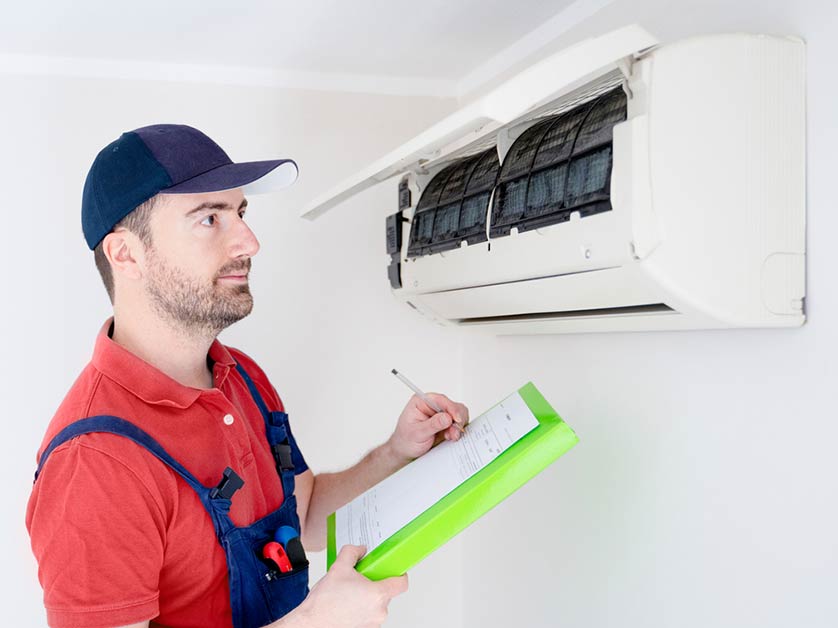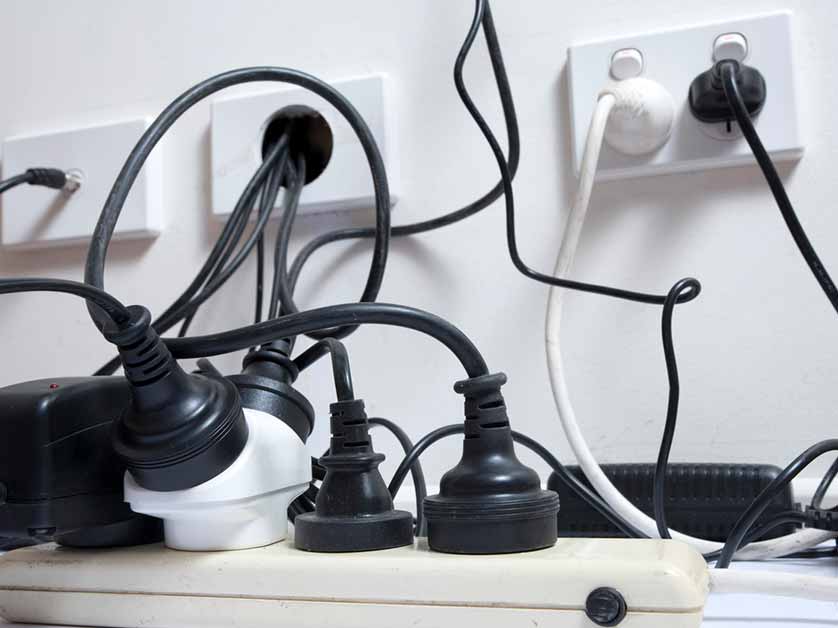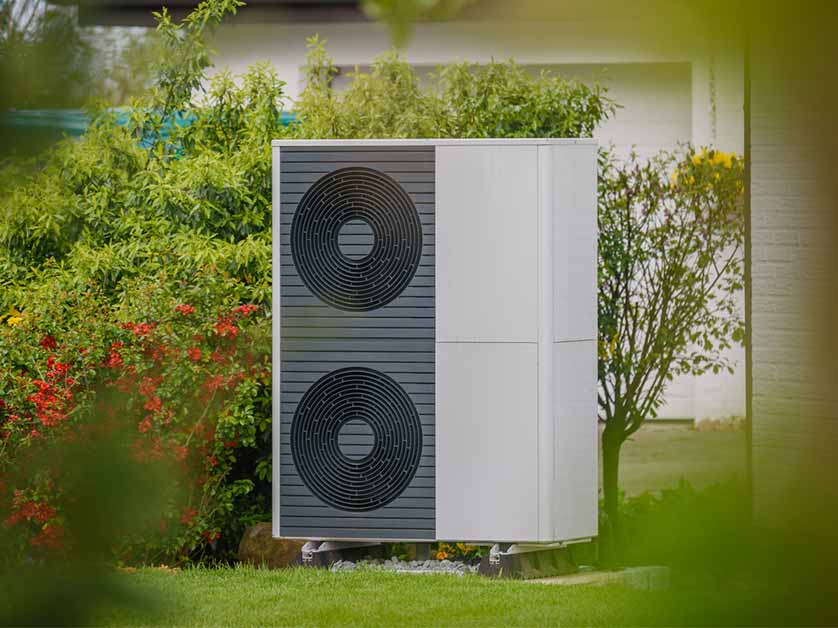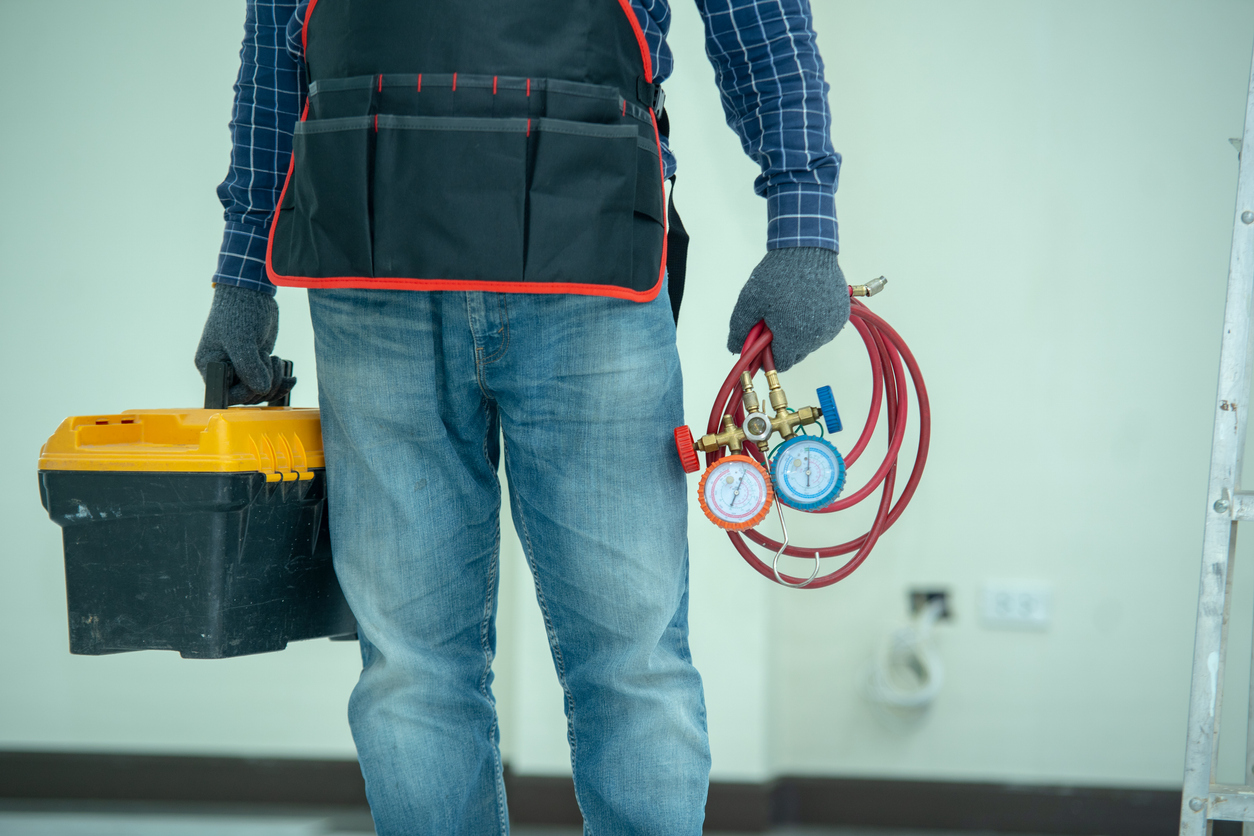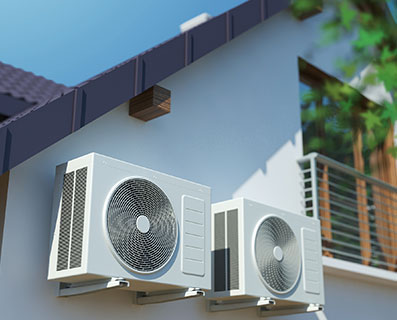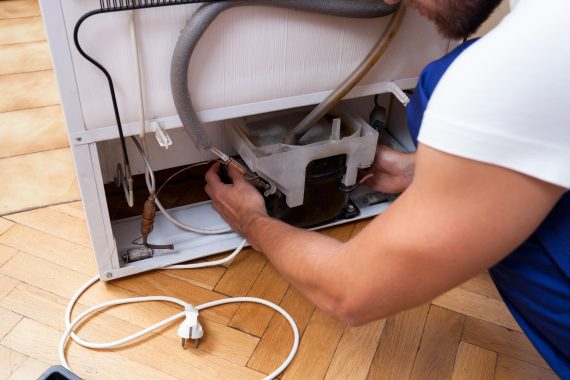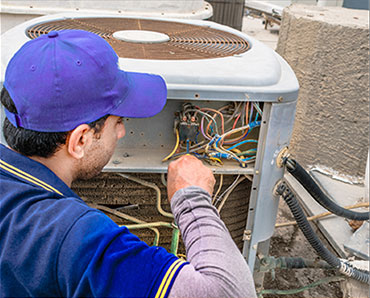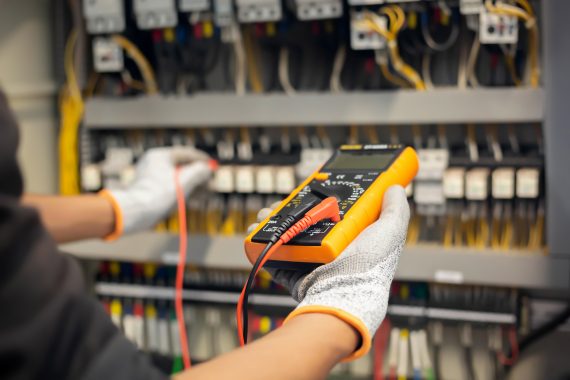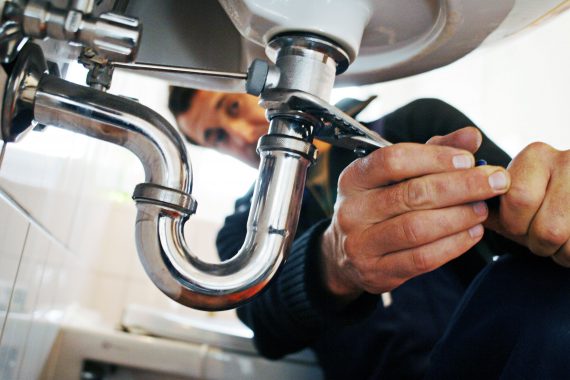It’s possible to save lot of money on heating and cooling bills simply by resetting the thermostat when one is away from home or sleeping. This can be done automatically without having to sacrifice comfort by installing a programmable thermostat. This allows one to adjust the times the AC comes on, as per a pre-set schedule. These devices can store and, when required, repeat various ideal thermostat settings that can be manually overridden without interfering with the rest of the schedule.
General Operation of the Thermostat
One can save energy during the winter by setting the thermostat to about 68°F during the day and setting it lower when one is asleep or away from home. By turning back the device by 10 to 15 degrees for about 8 hours, one can save about 5-15% on their heating bill. More savings are realized for buildings in warmer areas.
During the summer, the same strategy can be adopted with the central AC unit by keeping the house warmer than normal when everyone’s away. The thermostat can then be lowered to about 78°F when one is at home and they need cooling. Though the thermostats can be adjusted manually, programmable ones will avoid causing discomfort by returning the temperatures to normal values before one is awake or returns home.
Limitation
Programmable thermostats aren’t ideal for use with heat pumps. This is because when in heating mode, setting back a heat pump’s thermostat may cause inefficient operation. The best approach to adopt would be to maintain a moderate setting. Some companies have however started selling programmable thermostats that are specially designed for use with heat pumps. These use algorithms in minimizing the use of backup electrical resistance heating mechanisms.
Electric resistance systems require thermostats that are capable of directly controlling 120V or 240V circuits. Only a handful of manufacturers offer such line-voltage devices. The slow response time of steam and heated floor systems make it hard for them to be used with programmable thermostats. However, there are now devices that track a heating system’s performance to determine when to turn it on so as to achieve comfortable temperatures at the programmed time.
Choosing and Programming Such Thermostats
Typically, such devices are either electromechanical, digital or a combination of the two. The former offer the most features in terms of overrides, multiple setback settings and adjustments to cater for daylight savings. Some people may however find them hard to program. Electromechanical devices involve sliding bars or pegs and are much easier to use.
Other Considerations
The thermostat’s location affects its efficiency. One needs to follow the manufacturer’s instructions to avoid ghost readings and unnecessary cycling. A thermostat needs to be on an interior wall, shielded from elements of the weather but unobstructed from air movements. Follow our blog for more great HVAC information.

